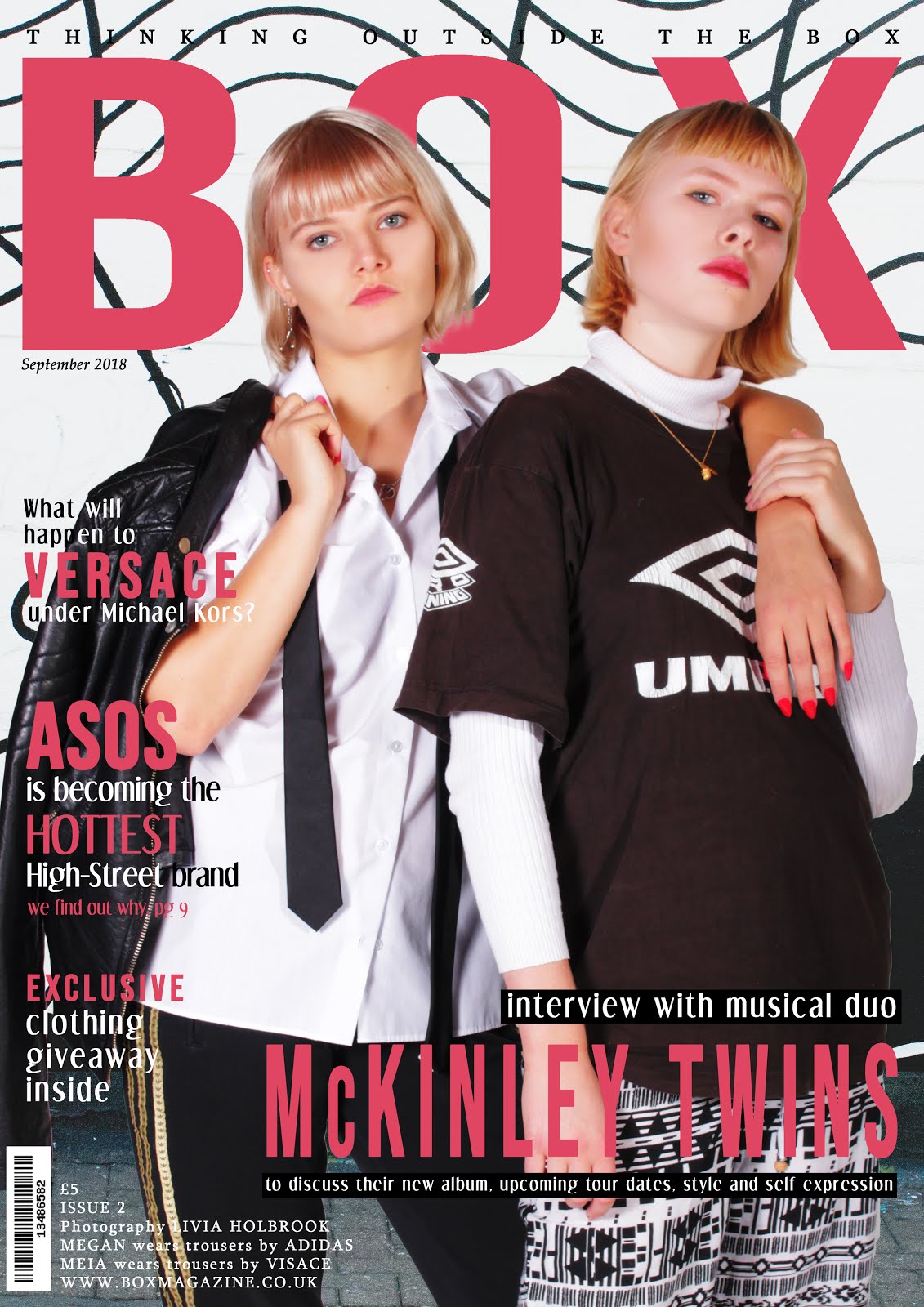My culturally sophisticated demographic will be looking for a magazine that challenges the typical representations and stereotypes of people found in modern society. In order for my magazine to appeal to my audience I must feature a range of representations which challenge the boundaries of the fashion industry. I may do this by highlighting a variety of cultures and ethnicities, challenging racial discrimination; featuring androgynous clothing and styles, challenging gender stereotypes; using a variety of models with unique looks and body shapes, supporting self expression and promoting the beauty of diversity. Hall's representations theory explores the significance of signs and symbols giving meaning to images in the media which are decoded by the audience. He also explains how these representations heavily influence expectations within society and provide the public with aspirations to conform to these standards.
This Dec 2017 cover for ELLE magazine presents a stunning black woman with minimalistic makeup, demonstrating her natural beauty, opposing the 'edited beauty' conventions often found in magazines. The gap between her teeth is not hidden, presenting her unique look as something to be embraced and valued. The red colour of her dress matches the masthead of the magazine and the word 'sisters', the connotations of 'sister' promoting a sense of intimacy and support, demonstrating the value of acceptance and solidarity.
This Summer 2017 cover for i-D magazine shows two female models and one male model, all styled in similar ways, promoting an androgynous approach to beauty and fashion. the closeness of the models connotes friendship and acceptance of each other. Both women have very short hair and minimal makeup, giving them a more typically 'male' look, however their accessories and mannerisms create a sense of femininity. The male model portrays a sense of timidity through his body language, opposing the way men are expected to conform to masculine stereotypes. This presentation of diversity and androgyny breaks down social standards, promoting self-expression equality between all genders and opposes stereotypes.
Pride is a lifestyle and fashion magazine which specifically targets black British, mixed race, African and African-Caribbean women in the United Kingdom. It combines elements of fashion, sex and relationship advice, politics, news and sport, supporting minority ethnic groups as well as the LGBT+ community. A recent cover of the magazine featured Janelle Monáe, an African-American, pansexual performer who campaigns for women's rights. Immediately, when viewers see this magazine, they understand their values and can relate to the cover.
In my own magazine, I will present different representations through my variety of photographs featuring a range of models, a range of article titles and descriptions, and the use of my tagline 'thinking outside the box', which promotes self-expression and diversity, encouraging my readers to be proud of their individuality. My website will also feature several stories which express my magazine's values and opinions on social issues, such as racism, sexism and homophobia, as well as political issues, such as unethical practice in fashion, Brexit and student finance. In relation to Gerbener's cultivation theory, I will expose my readers to a variety of accurate representations of social groups in order to combat stereotypes and assumptions consumers make when exposed to mass media.








No comments:
Post a Comment